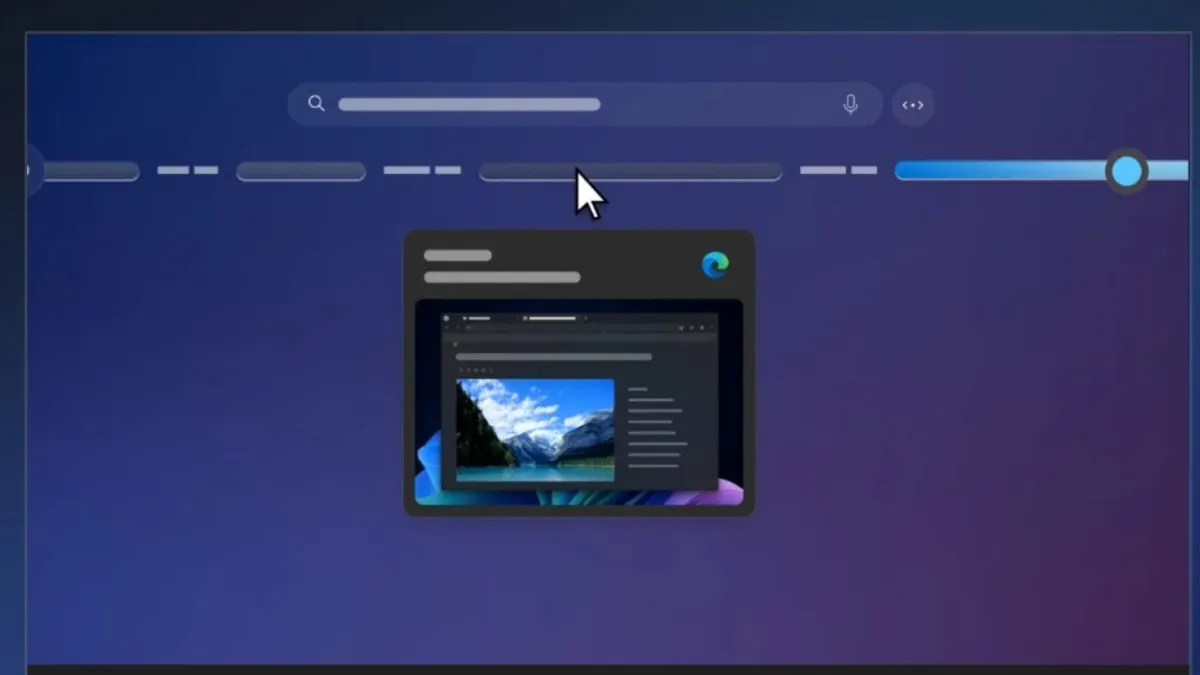
Microsoft is set to reintroduce Recall, a controversial feature for Windows 11, particularly aimed at users of Copilot+ PCs. The Recall feature has faced scrutiny due to its extensive data collection capabilities, which include capturing text and screenshots of nearly every action performed on a user's computer. This initial version was met with severe backlash from security experts, journalists, and users, leading to its last-minute delay. Concerns were primarily centered around the feature's security flaws, which allowed easy access to sensitive data for anyone with access to the PC.
The original launch of Recall was fraught with issues. It recorded everything on users' PCs without sufficient safeguards, failing to exclude sensitive information like bank details and credit card numbers. Furthermore, this rushed rollout bypassed the comprehensive Windows Insider testing process, contradicting Microsoft’s commitment to prioritizing security following several major data breaches. Such a botched release left many users wary of its implications for privacy and data security.
In response to the backlash, Microsoft has made substantial changes to Recall's functionality and security protocols. The latest version is currently available through the Windows Insider Release Preview channel after extensive testing in other, less stable environments. Notably, Recall is now disabled by default, allowing users and IT administrators to opt-in only if they choose. This change reflects a more cautious approach in light of the initial criticisms.
Microsoft has revamped the underlying architecture of Recall, introducing robust encryption that protects user data when at rest, ensuring that it’s inaccessible to other users on the same device. Additionally, automated filters have been implemented to screen out sensitive information, and users are required to reauthenticate with Windows Hello each time they access their Recall database. These enhancements are designed to alleviate security concerns that plagued the previous iteration.
Upon installing the Windows 11 Release Preview with Recall on various compatible devices, including the Snapdragon X Elite Surface Laptop and Ryzen AI systems, the updated feature presents a clearer process for users. The initial setup screen clearly outlines the feature, and users must opt-in twice to activate Recall. This two-step confirmation has been welcomed as a positive change, ensuring users are fully aware of their choices regarding data collection.
Once activated, Recall functions by capturing screenshots of the active screen area and creating a searchable text database from the images using Optical Character Recognition (OCR) technology. However, it is important to note that Recall only processes the currently focused application, which helps prevent excessive data capture from inactive windows. This limitation, while intended to reduce unnecessary storage use, may also mean that dynamic content from non-active windows could be overlooked.
Recall is designed to be user-specific, meaning that enabling it for one account does not automatically activate it for others on the same device. Importantly, it does not require a Microsoft account or an internet connection to operate, though it does necessitate that the local disk is encrypted using Device Encryption or BitLocker. The feature also mandates the use of Windows Hello for setup, which can include a fingerprint reader or face-scanning camera. Users can access Recall using a Windows Hello PIN as an alternative, though this has raised concerns about security if unauthorized individuals gain access to a user’s PIN.
One of the most significant improvements in the new Recall version is the implementation of encryption for the stored database and screenshots. Previously, all data was stored in plaintext, making it vulnerable to unauthorized access. Now, Microsoft claims that the encryption keys are protected by advanced security measures such as a hypervisor or Trusted Platform Module (TPM). While these changes enhance security, concerns linger about the potential for unauthorized access to the Recall database, particularly given the increasing frequency of cyberattacks.
Despite these enhancements, users should remain vigilant. The automated content filtering, designed to prevent the capture of sensitive information, has proven inconsistent. Instances of sensitive data slipping through the system highlight the need for ongoing improvements. Furthermore, the lack of transparency regarding what data is filtered raises questions about user trust and confidence in the system.
Moreover, the ease with which users can unlock Recall with a PIN, after initial biometric verification, poses a security risk. Experts have pointed out that this could allow unauthorized individuals to access sensitive information stored in Recall, undermining the security improvements made in this new iteration.
Ultimately, Microsoft's efforts to rectify the issues surrounding Recall have not entirely erased user skepticism. The troubled history of the feature continues to cast a shadow over its reputation. Many users remain cautious, unwilling to adopt a tool that records and stores extensive data about their computing activities. The trust deficit created by the original launch has proven difficult to overcome, regardless of the advancements made in security and functionality.
The launch of Recall serves as a reminder of the fine balance tech companies must strike between innovation and user trust. Microsoft needs to continue addressing concerns while fostering a transparent relationship with its user base to rebuild confidence in its products.